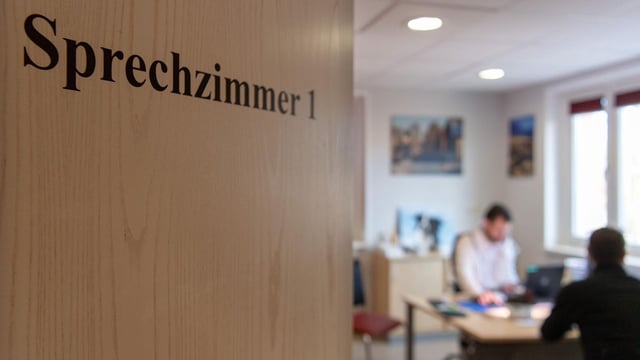Overview
- Barmer and Bertelsmann project full‑time equivalent GP supply falling from 51,407 today to 45,492, while demand rises to 52,466, cutting the supply–need ratio from about 101% to 87%.
- The shortage is set to shift from an East–West split to a pronounced city–rural gap, with current strain in parts of Saxony and Brandenburg extending by 2040 to states including Lower Saxony, Rhineland‑Palatinate, Saarland, Baden‑Württemberg and North Rhine‑Westphalia.
- Workforce pressures include more than 5,000 vacant GP seats, 55,000 GPs at end‑2024 with 1,700–1,900 leaving annually for age reasons, about 41% aged 60 or older, and roughly one quarter planning to stop practicing within five years.
- Without countermeasures, about 2.1 million people could face a very high under‑provision risk and another 6.2 million a substantial risk by 2040, according to the study’s modelling.
- The study says nationwide GP gatekeeping would be difficult to implement under current trajectories and calls for targeted redistribution of about 3% of new GPs (≈650) to high‑need areas, or roughly 10% (≈2,500) for parity, alongside reforms such as task delegation, digitalisation and multiprofessional health centres.


